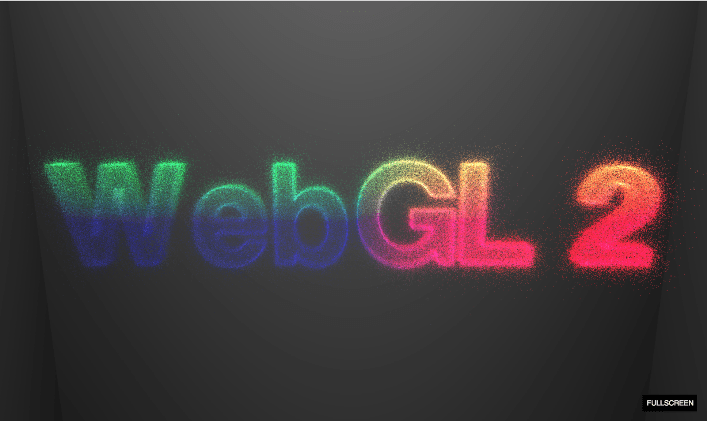Google Chrome now supports WebGL 2.0 advanced graphics
2 min. read
Updated on
Read our disclosure page to find out how can you help Windows Report sustain the editorial team Read more

Chrome users should now be seeing an improvement to the browser’s 3D web graphics after Google added support for the WebGL 2.0 standard to Chrome 56 and later for faster performance, new types of textures, impressive visual effects, and more.
The addition of WebGL 2.0 advanced graphics support puts Chrome’s visuals on a par with the OpenGL ES 3 standard that is more commonly found on mobile games. Zhenyao Mo, software engineer at Google, announced on Chromium Blog:
The WebGL JavaScript API exposes hardware-accelerated 3D graphics to the web. Chrome 56 brings support for WebGL 2.0, a major upgrade to the API which unlocks a variety of new graphics features and advanced rendering techniques.
The upgrade is currently available for Chrome users with the latest graphics hardware on Windows and other platforms. While other platformed like Firefox have already embraced the standard, Chrome’s larger market share makes its addition very interesting. Mo explained in the blog:
WebGL 2.0 makes it even easier to build 3D web applications, with faster real-time rendering, new types of textures and shaders, and reduced video memory consumption. Techniques including deferred shading, tone mapping, volumetric effects, and particle effects can now be efficiently implemented. The new APIs also bring WebGL up to feature parity with OpenGL ES 3.0, a graphics platform commonly used in mobile games.
On top of fresh rendering features, WebGL 2.0 also adds an extended conformance test suite with more than 340,000 test cases to make sure that various browsers serve up compatible graphics platforms. Chrome did not disappoint: the browser gets through all of these test cases across multiple GPU vendors on all desktop platforms. That means the browser’s WebGL 2.0 implementation is stable and consistent.








